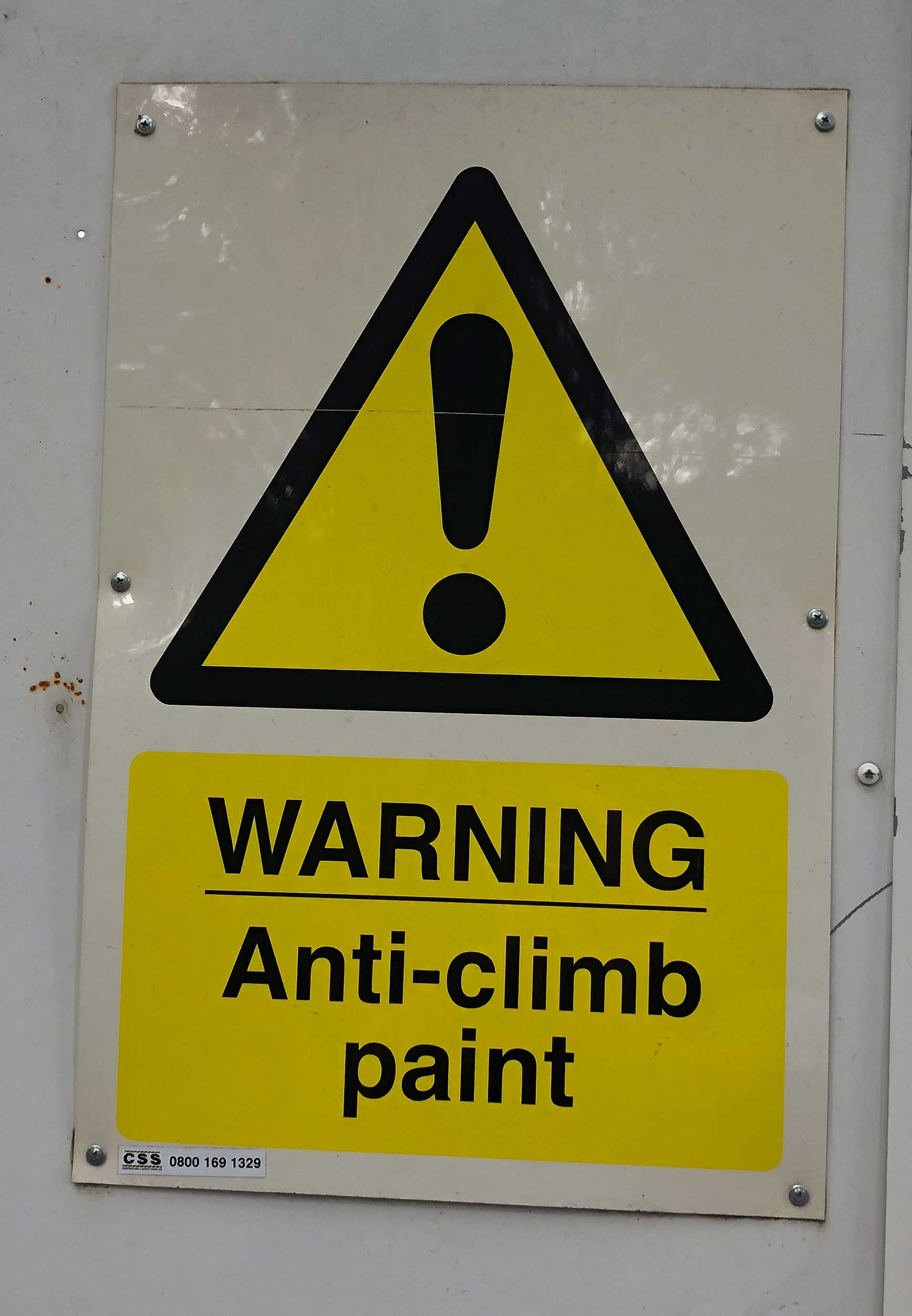Border walls, from Berlin to China’s Great Wall, have many unforeseen impacts
The US Border with Mexico sits astride ecosystems, cities, towns, international waterways, National Parks, a Native American Nation and majestic North American deserts. Hundreds of species cross that border every day, but only one species needs control of movement, man. A species seemingly incapable of coming up with solutions that support all species, not just one.
Yes, there are currently stretches of the border impacting lives, cultures and life ways. Areas, because of past and present abuse, that must be regulated and controlled to protect man-made ecosystems, cities and towns.
These man-made ecosystems, areas with maximum border security issues, make up about 10% of the border’s 1,954 miles and require physical walls. The remaining 90%, ecosystems from the Pacific to the Gulf, also need protection and monitoring for thousands of other species that regularly move and live within and across the border area.
In a nation renowned for technological advancement, is it necessary to impede and damage ecosystems that exist outside major cities and towns with hardened walls? Areas set aside by the American people, managed for protection of species and cultures, especially National Park Service areas, Tribal Lands, National Wildlife Refuges and other designated lands.
These areas, if they are to be monitored and controlled, should be monitored using technology and enhanced oversight, not by hardened walls. We as a nation can not say that we have no capability to monitor the border with such means.
To illustrate the futility of walls along one section of the border, consider the state of Texas. The International Border in Texas is the Rio Grande River, a boundary in the middle of a river, monitored by the US-Mexico International Boundary and Water Commission in El Paso, Texas. This international boundary is 1,241 miles long and represents some 63% of the international boundary with Mexico.
What are the wall options in Texas and how will access to the river be managed? A river critical to species, including man, on both sides of the river. The only physical wall options are to either build it on the US side of the river or build it on the Mexico side of the river, but in the middle of the river? Which nation will give up access to the river with its invaluable water, used by ranchers, farmers, towns and protected lands, both in Mexico and the US?
There is only one option along the Rio Grande and that is the creation of a system using technology. The ability to properly monitor the border in this region will need careful planning and needful consideration of the National Park Service and other Resource Managing agencies abutting the boundary as well as access and use of the river, unimpeded.


Critical international resources such as Big Bend National Park, the Rio Grande Wild and Scenic River, Amistad National Recreation Area, Big Bend Ranch State Park, Parque Nacional Canon de Santa Elena Canyon, Area Natural Protegida Maderas del Carmen, Black Gap Wildlife Management Area (Texas), Seminole Canyon State Park & Historic Area (Texas), Santa Ana National Wildlife Refuge, South Padre Island and the Falcon International Reservoir must be protected from exclusionary walls.
So much for Texas and the Mexican states of Chihuahua, Coahuila, Nueva Laredo, Tamaulipas. In Arizona there is no river along the boundary but the many species that exist in the Sonoran and Chihuahuan Deserts need extensive pathways for movement between the nations.
These sites include El Pinacate y Gran Desierto de Altar Biosphere Reserve, the Tohono O’Odham Nation Reservation, Organ Pipe Cactus National Monument, Buenos Ares National Wildlife Refuge, Coronado National Forest, Coronado National Memorial, San Bernandino National Wildlife Refuge and the San Rafael State Natural Area. When a wall is built along this boundary in Arizona, sensitive areas such as these must not be walled except by technology.
National Park Service areas, by mission, are to preserve and protect resources unimpeded for the future of generations yet unborn. Hardened border walls severely impede these areas by negating movement of species within adjoining ecosystem areas in the US and Mexico.
Species impacted include flora and fauna, large and small, yes, as small as the Monarch Butterfly. Critical access to springs and sheltered environments will be affected. Collection and use of natural materials by the Tohono O’Odham and movement within their territorial boundary will be affected or lost. Wind dispersal of naturally disbursing seeds and materials will also be impacted by a hardened wall, given prevailing southwest winds.
Walls will also gather waste and dead vegetation, forming built up areas with a resultant population increase of certain species impacting native vegetation, requiring control and removal.
Permitting major hardened walls by areas created for the protection of species and natural systems is a major precedent, violating the intent and purpose of major protected lands, opening the door to those wishing to use these resources for other future purposes.
Open border is no better solution than closed border and no solution at all is the failure of our government and a no-win situation for ecosystems and the people of both nations.
– Gil Lusk
Dr. Gil Lusk is a retired National Park Service employee with 35 years of experience, mostly serving as a Superintendent of several National Parks. For his efforts, he was awarded the two highest performance awards from the US Department of Interior, Meritorious Service and Distinguished Service, the latter presented by the Secretary of Interior and the President. Dr. Lusk was honored with presentation of an Honorary PhD for Public Service over four decades by his alma mater, Gettysburg College.
Dr. Lusk spent his last few years in the Service working with employees, training centers and the Washington Office to completely rethink the training programs of the Service and establish definable career ladders for various disciplines at work in the National Parks. He now resides in Tucson, Arizona with a passion to share his message of preservation for the National Park Service.
To learn more please visit, NPS500.com








